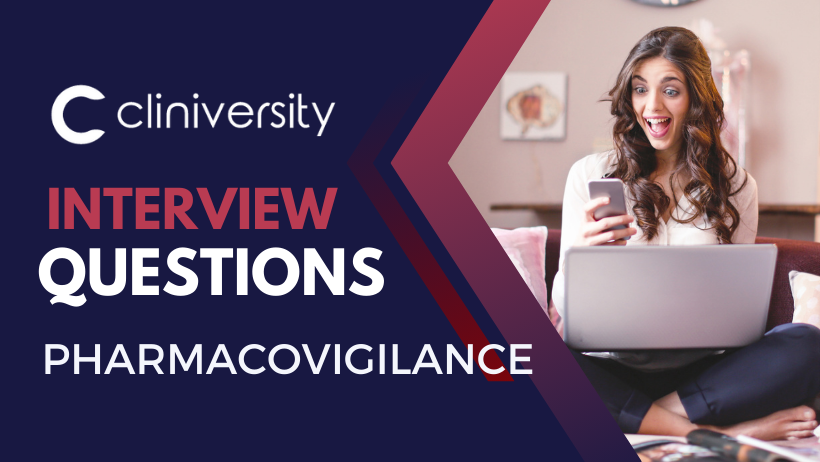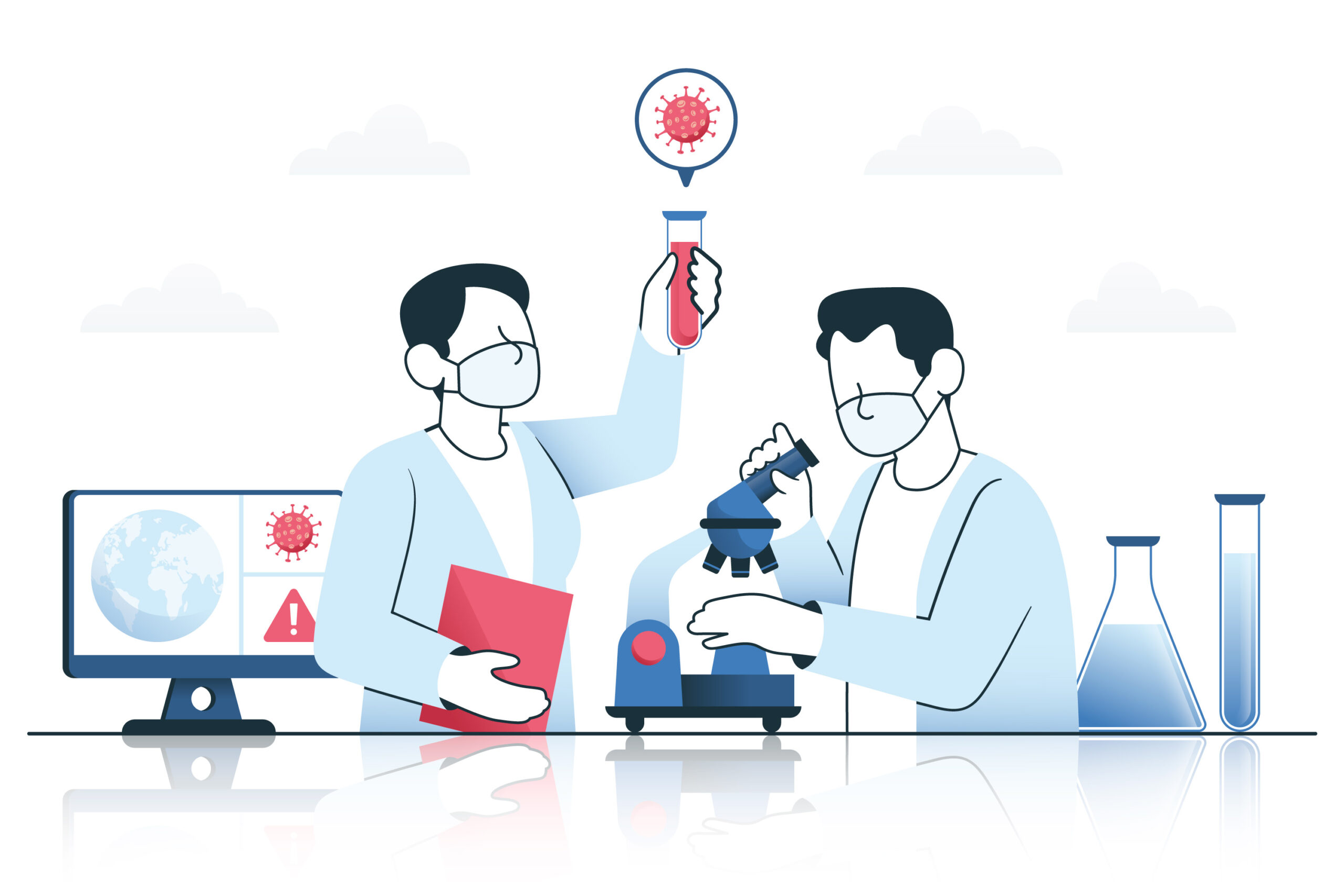
Q1: What is pharmacovigilance?
A: Pharmacovigilance is the science and activities related to the detection, assessment, understanding, and prevention of adverse effects or any other drug-related problems. Its primary goal is to improve patient safety and ensure that the benefits of a drug outweigh the risks.
Q2: Why did you choose a career in pharmacovigilance?
A: I chose a career in pharmacovigilance because it allows me to contribute to patient safety and public health. I have a keen interest in drug safety and the regulatory aspects of the pharmaceutical industry, and I am passionate about helping to ensure that medications are safe and effective for all patients.
Technical Questions
Q3: What are the key functions of a pharmacovigilance department?
A: The key functions include:
- Collecting and managing adverse drug reaction (ADR) reports.
- Monitoring the safety profile of drugs.
- Conducting signal detection and risk assessments.
- Reporting safety information to regulatory authorities.
- Implementing risk management plans.
- Educating healthcare professionals and the public about drug safety.
Q4: Can you explain the difference between an adverse event and an adverse drug reaction?
A: An adverse event (AE) is any undesirable experience associated with the use of a medical product in a patient, regardless of whether it is related to the drug. An adverse drug reaction (ADR) is a type of AE that is specifically linked to the drug, implying a causal relationship.
Regulatory and Compliance Questions
Q5: What are ICH guidelines, and why are they important in pharmacovigilance?
A: The International Council for Harmonisation (ICH) guidelines provide a standardized framework for drug development and regulation across different regions. They are important in pharmacovigilance because they ensure consistency in data collection, analysis, and reporting, facilitating global drug safety monitoring and regulatory compliance.
Q6: What is the role of the Qualified Person for Pharmacovigilance (QPPV)?
A: The QPPV is responsible for overseeing the safety of a company’s medicinal products. Their duties include ensuring compliance with pharmacovigilance regulations, managing ADR reports, maintaining the pharmacovigilance system, and serving as the point of contact for regulatory authorities.
Practical Scenarios
Q7: How do you handle a serious adverse event (SAE) report?
A: Handling an SAE involves:
- Immediate assessment and documentation of the event.
- Reporting the SAE to regulatory authorities within the required timelines.
- Conducting a causality assessment to determine the relationship between the drug and the event.
- Implementing any necessary risk mitigation measures and communicating with healthcare professionals.
Q8: What is signal detection, and how is it performed?
A: Signal detection is the process of identifying new or known adverse events that may be caused by a drug. It is performed using statistical tools to analyze ADR data from various sources, such as clinical trials, spontaneous reporting systems, and literature reviews. When a potential safety signal is detected, further investigation and evaluation are conducted to assess its significance.
Case Studies
Q9: Describe a situation where you identified a potential safety signal and how you addressed it.
A: In a previous role, I identified an increase in reports of a specific side effect associated with one of our drugs. I conducted a detailed analysis of the data, reviewed the literature, and consulted with clinical experts. Based on the findings, we updated the product labeling to include the new safety information and communicated the change to healthcare providers. We also implemented additional monitoring to ensure patient safety.
Q10: How do you ensure the accuracy and completeness of pharmacovigilance data?
A: Ensuring accuracy and completeness involves:
- Rigorous training for staff on data entry and reporting standards.
- Implementing quality control checks and audits of the data.
- Using standardized forms and templates for data collection.
- Regularly reviewing and validating data to identify and correct errors.
These questions and answers should help you prepare for a pharmacovigilance interview by providing a solid foundation in the key concepts and practices of the field.















